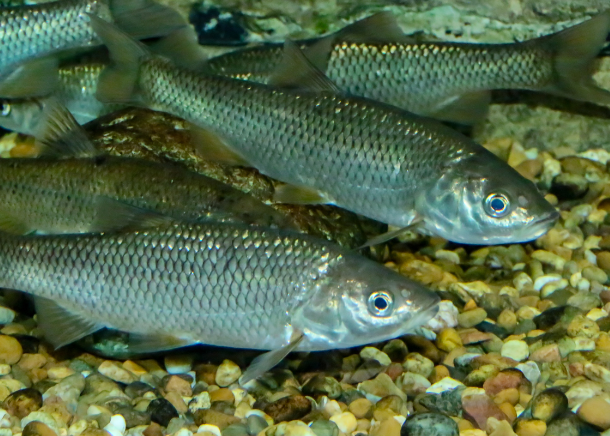Summary:
There are an estimated nine million species on earth, with diverse habits and appearances. To explain this diversity, scientists examine how new species form and describe how differences accumulate between them. Most scientists agree that adaptation to different habitats frequently initiates the formation of new species. The genetic causes and consequences of species formation, however, remain a mystery. This project takes advantage of two pine tree-feeding insect pests that are "caught in the act" of species formation. Although there are many differences between them, the redheaded-pine sawfly and the white-pine sawfly interbreed at low levels in nature. This suggests that species formation is not quite complete. Adaptation to different pines appears to be a key factor that reduces gene exchange between these species. Laboratory crosses and field experiments will be used to identify the genetic regions responsible for different pine adaptations. The results should reveal how these differences affect rates of gene exchange between these species in the wild. This work will provide essential knowledge for preserving biodiversity and combatting pests. Additionally, this project will develop integrated research/teaching projects that provide scientific experiences for the public and diverse undergraduates.
Understanding the genetic basis of ecological speciation requires identifying links among genotypes, reproductive isolation, and genome-wide genetic differentiation. This project takes advantage of this pair of hybridizing sawfly species that differ in host-use traits and reproductive barriers. First, a QTL mapping approach will link genetic variation to variation in host-preference and host-performance traits. Second, a field trapping experiment will link host-preference phenotypes to adult habitat isolation. Third, a field experiment manipulates both the host plants and host-use traits to link host-performance traits to fitness and reproductive isolation. Fourth, full-genome re-sequencing of overlapping and isolated pairs of populations of these species will reveal the demographic history of divergence and patterns of genetic differentiation. The complementary educational efforts will train citizen scientists to trap and identify sawflies and non-STEM students to screen samples and interpret a diagnostic PCR assay. Together, these data will be used to evaluate spatial and temporal variation in hybridization. Additionally, STEM students will participate in field and lab experiments that connect genotype, phenotype, fitness, reproductive isolation, and differentiation.
This award reflects NSF's statutory mission and has been deemed worthy of support through evaluation using the Foundation's intellectual merit and broader impacts review criteria.
Funding Institution:
National Sanitation Foundation (NSF) International - USA.
Partners:
PI: Catherine Linnen, Kentucky University (USA).



